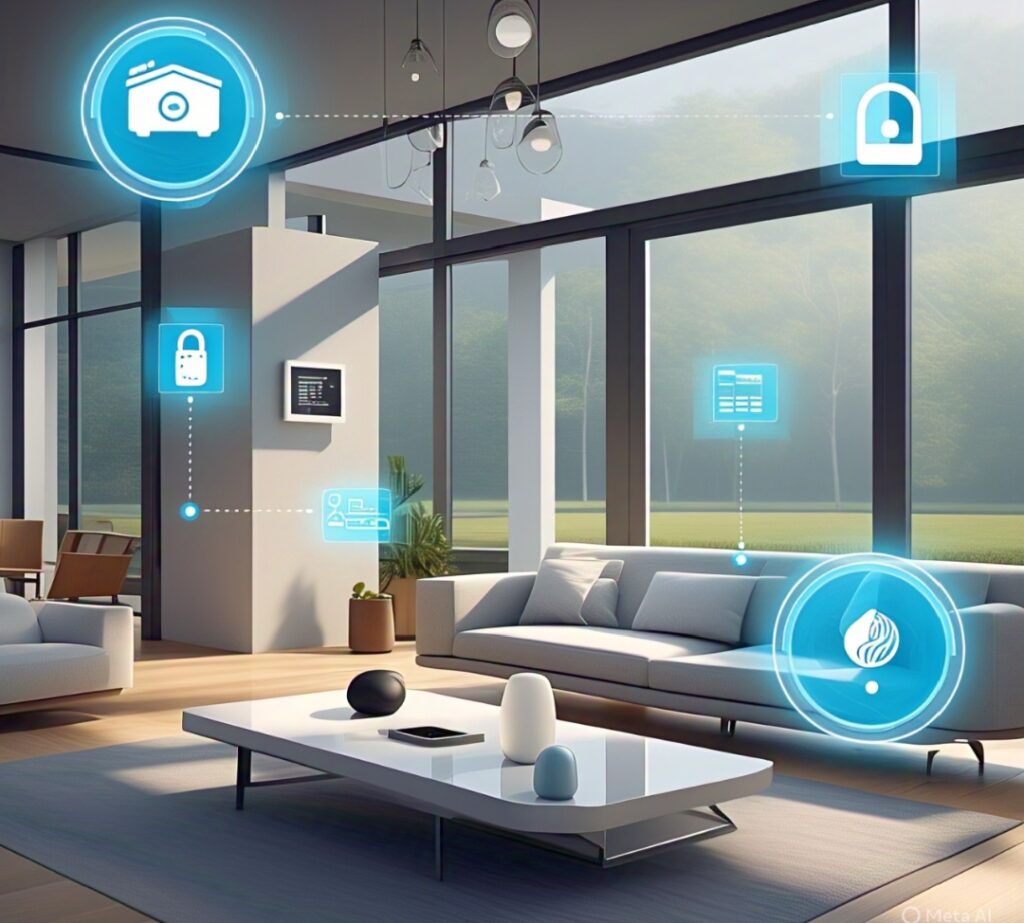The Internet of Things (IoT): A Revolutionary Technology

The Internet of Things (IoT) is a revolutionary technology that has transformed the way we live, work, and interact with each other. It refers to the network of physical devices, vehicles, home appliances, and other items that are embedded with sensors, software, and connectivity, allowing them to collect and exchange data with other devices and systems. This technology has enabled the creation of smart homes, cities, and industries, and has opened up new possibilities for innovation and growth.
How IoT Works
IoT devices are equipped with sensors that collect data from the environment, such as temperature, humidity, motion, and pressure. This data is then transmitted to a central system or cloud platform, where it is analyzed and processed. The insights gained from this data can be used to improve efficiency, reduce costs, and enhance decision-making. For example, in a smart home, IoT devices can be used to control lighting, heating, and security systems, making life more convenient and comfortable for residents.
Applications of IoT
The applications of IoT are vast and varied, and are transforming industries such as:
- Smart Homes: IoT devices can be used to control lighting, heating, and security systems, making life more convenient and comfortable for residents.
- Industrial Automation: IoT sensors and devices can be used to monitor and control industrial equipment, improving efficiency and reducing downtime.
- Healthcare: IoT devices can be used to monitor patient health, track medication adherence, and provide personalized care.
- Transportation: IoT sensors can be used to track vehicle location, monitor traffic flow, and optimize routes.
- Agriculture: IoT sensors can be used to monitor soil moisture, temperature, and crop health, improving crop yields and reducing waste.
Benefits of IoT
The benefits of IoT are numerous, and include:
- Improved Efficiency: IoT devices can automate tasks, reducing manual labor and improving productivity.
- Enhanced Decision-Making: IoT data can be used to gain insights and make informed decisions.
- Increased Safety: IoT devices can be used to monitor and respond to safety risks, such as fires or security breaches.
- Cost Savings: IoT devices can help reduce energy consumption, waste, and other costs.
Challenges and Limitations
While IoT has the potential to transform industries and improve lives, there are also challenges and limitations to consider:
- Security: IoT devices can be vulnerable to cyber attacks, compromising data and security.
- Interoperability: IoT devices from different manufacturers may not be compatible, limiting their functionality.
- Data Management: IoT devices generate vast amounts of data, which can be difficult to manage and analyze.
Conclusion
The Internet of Things (IoT) is a revolutionary technology that has the potential to transform industries and improve lives. While there are challenges and limitations to consider, the benefits of IoT are numerous, and include improved efficiency, enhanced decision-making, increased safety, and cost savings. As IoT technology continues to evolve, we can expect to see even more innovative applications and uses.
FAQs
- What is IoT?
- IoT refers to the network of physical devices, vehicles, home appliances, and other items that are embedded with sensors, software, and connectivity, allowing them to collect and exchange data with other devices and systems.
- How does IoT work?
- IoT devices collect data from the environment, transmit it to a central system or cloud platform, where it is analyzed and processed.
- What are the applications of IoT?
- IoT has applications in industries such as smart homes, industrial automation, healthcare, transportation, and agriculture.
- What are the benefits of IoT?
- The benefits of IoT include improved efficiency, enhanced decision-making, increased safety, and cost savings.
- What are the challenges and limitations of IoT?
- The challenges and limitations of IoT include security, interoperability, and data management.